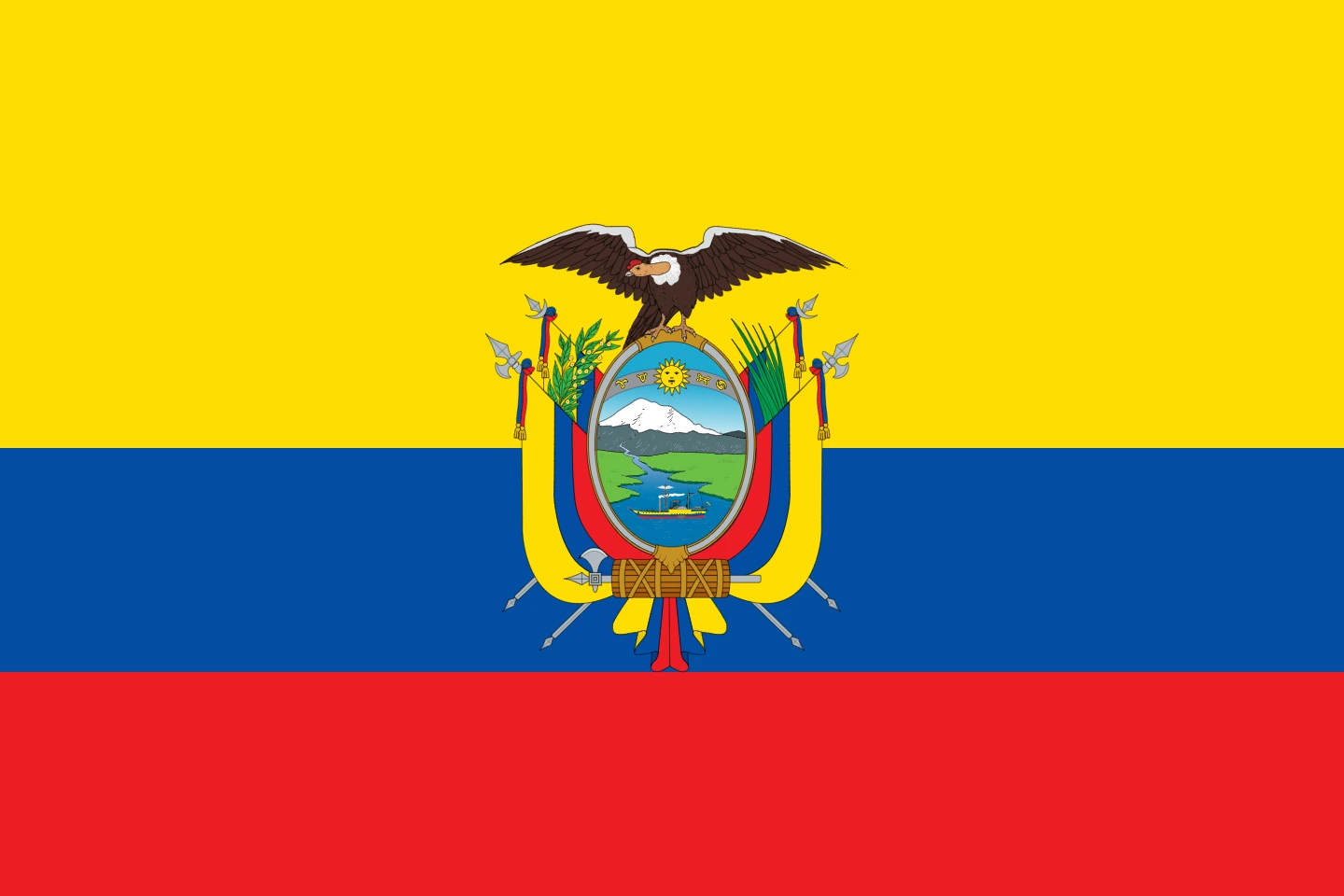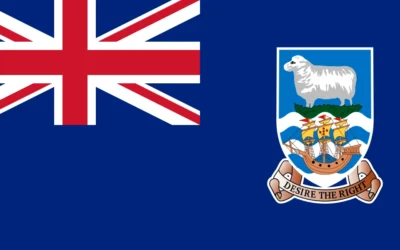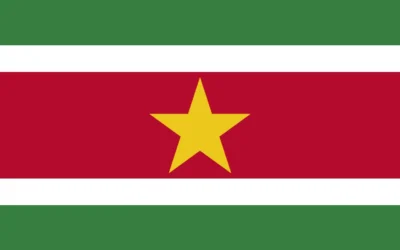Ecuador Travel Guide
Discover Why You Should Visit Ecuador
Why Visit Ecuador?
Ecuador is a compact country that packs in astonishing biodiversity, vibrant indigenous culture, colonial charm, and stunning natural wonders. From the Amazon rainforest and Andean highlands to the Pacific coast and Galápagos Islands, Ecuador offers experiences for every kind of traveler.
Ideal for: Wildlife lovers, history buffs, nature explorers, and adventure travelers.
Must-Know Facts
Capital/Major City: Quito
Language(s): Spanish and several Indigenous languages
Currency: United States Dollar (USD)
Best Time to Visit: June to September (dry season in the Andes), year-round for Galápagos
Fun Fact: Ecuador is named after the equator, which runs through the country and can be visited just outside Quito
Top Things to Do
Stand on the equator line at the Middle of the World monument
Explore colonial architecture in Quito and Cuenca
Trek in the Andes and visit Cotopaxi Volcano
Cruise through the Galápagos Islands
Venture into the Amazon jungle from Tena or Puyo
Local Culture & Lifestyle
Ecuadorian culture is deeply influenced by its Indigenous roots, Spanish colonial history, and diverse ecosystems. Life in the Andes is rich with traditions and festivals, while coastal regions embrace a more relaxed, beachside culture. Family and religion play central roles across the country.
Food & Drink Highlights
Street Food: Llapingachos (potato patties), empanadas, hornado (roast pork)
Restaurants: Seco de chivo, ceviche, locro de papa
Drinks: Canelazo, chicha, Ecuadorian coffee and chocolate
Desserts: Tres leches cake, higos con queso, flan
Main Dish & Culinary Symbols
Signature Dish: Ceviche — citrus-marinated seafood, often served with popcorn and plantain chips
Common Ingredients: Corn, potatoes, seafood, pork, tropical fruits
Culinary Culture: Heavily regional — coastal cuisine focuses on seafood, highland meals on hearty stews and meats
Symbols & Icons of the Area
Natural Icons: Galápagos tortoises, Andes Mountains, Amazon Basin
Cultural Icons: Ponchos, Panama hats (actually made in Ecuador), traditional Otavalo textiles
Hidden Gems & Off-the-Beaten-Path
Vilcabamba — a peaceful valley known for longevity and natural beauty
Mindo — cloud forest paradise for birdwatching and waterfalls
Isla de la Plata — a Galápagos alternative with similar wildlife
Ingapirca — the most significant Inca ruins in Ecuador
Shopping & Souvenirs
What to Buy: Alpaca wool goods, Panama hats, handmade jewelry, traditional textiles
Where to Shop: Otavalo Market, Quito’s La Ronda, Cuenca artisan shops
Getting Around
Public Transport: Buses are affordable and widespread
Driving: Renting a car is useful for rural travel but roads can vary in quality
Flying: Efficient way to reach Galápagos or travel long distances within the country
Travel Tips
Altitude can affect visitors in cities like Quito — acclimate gradually
Weather varies greatly by region — pack layers and waterproof clothing
Learn some basic Spanish phrases for ease of travel
Take guided tours in remote areas like the Amazon or Galápagos for safety and deeper understanding
Where to Stay
Budget: Hostels and family-run inns in cities and small towns
Mid-range: Boutique hotels and eco-lodges in popular regions
Luxury: Resorts in the Galápagos, historic mansions in Quito and Cuenca
Unique: Jungle lodges, cloud forest eco-resorts, haciendas in the Andes
Sample 4-Day Itinerary
Day 1: Arrive in Quito, visit historic Old Town and the Middle of the World monument
Day 2: Day trip to Otavalo Market and Cuicocha Lake
Day 3: Travel to Cotopaxi National Park for hiking and volcano viewing
Day 4: Visit Papallacta hot springs before returning to Quito or fly to the Galápagos






0 Comments